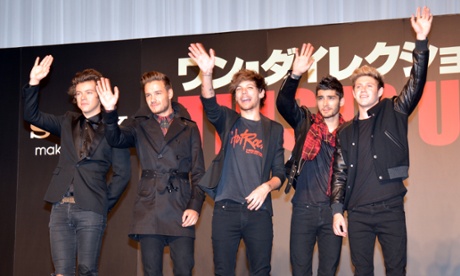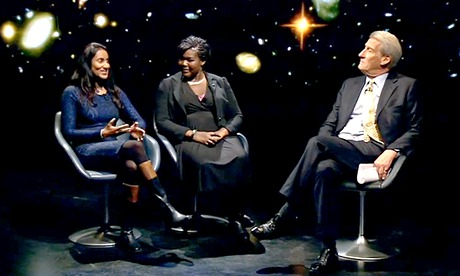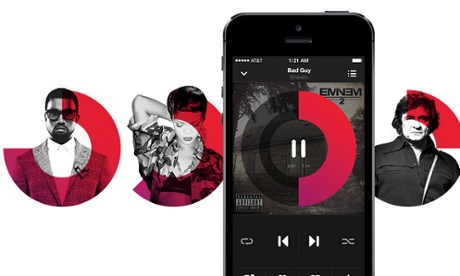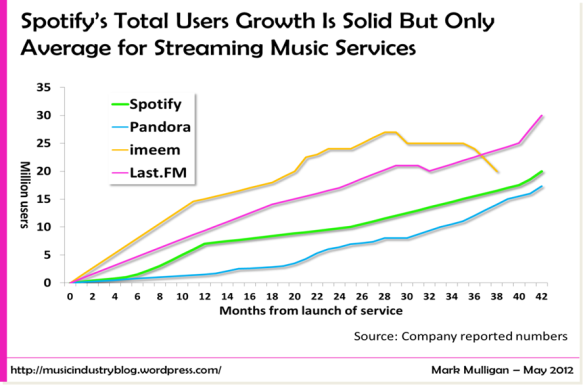Piracy study shows illegal downloaders more likely to pay for films than music
Comparison reveals film pirates as wealthy early adopters who will stop their behaviour if they feel it is damaging the industry
According to recent studies people who illegally download movies also love going to the cinema and do not mind paying to watch films, research has shown. Those who illegally download movies are more likely to be wealthier and less worried about being caught than their music counterparts, concluded the study, thought to be the first to examine the differences between movie and music pirates.
Movie pirates are also more likely to cut down their piracy if they feel they are harming the industry compared with people who illegally download music, according to Cox and fellow Portsmouth University economist Professor Alan Collins.
Dr Joe Cox, one of the University of Portsmouth economists involved in the study, said: "It is interesting to see that people who illegally download large quantities of movie files continue to pay for legal movie consumption to a far greater extent than music downloaders."
On average, each person involved in the survey had illegally downloaded about 2,900 music files and 90 movie files. However, interestingly Previous studies have found that people who pirate content are also much more likely to purchase content legally than those who do not illegally download music and movies. Illegal filesharers from the US and Germany were found to buy 30% more music than people who did not pirate music, for instance.
In my opinion, these findings are very interesting as they show the fact that people who illegally download content are more likely to purchase content legally due to them being more involved with new and digital media. This article also suggests how people who don't illegally download do not spend as much time using new and digital media services.
Cuban blogger to launch island's first independent digital newspaper
Yoani Sánchez's online publication called 14ymedio will challenge communist-ruled country's state-controlled media
Yoani Sánchez, who is Cuba's prize winning blog, is launching the island's first independent digital newspaper next week to challenge the communist-ruled country's state-controlled media. She said that her prize winning publication will be online and will be named 14ymedio. The name is in honour of the year of its launch and the 14th-floor Havana apartment where she writes her popular Generation Y blog on daily life and politics in Cuba.
Sánchez states how "It will be a difficult road. In recent weeks we have seen a preview of how official propaganda will demonize us for creating this medium," She also added that several of her online team have already received warning calls from Cuban state security officials prior to the official launch on 21 May. Public criticism of Cuba's communist system can be considered enemy propaganda, punishable by jail sentences.
Sánchez is 38 and has won several prestigious media awards in the United States and Europe and has been included on Time magazine's annual list of 100 most influential people.
Interaction between audiences is key and I think it is a great idea to allow this kind of interaction on news. She should be able to create as much content as she wants without the government saying otherwise as the internet is a non-regulated space or a democratic space which should allow her to post content she wants.







